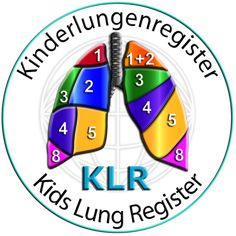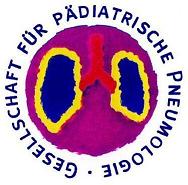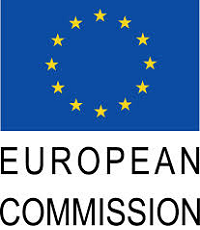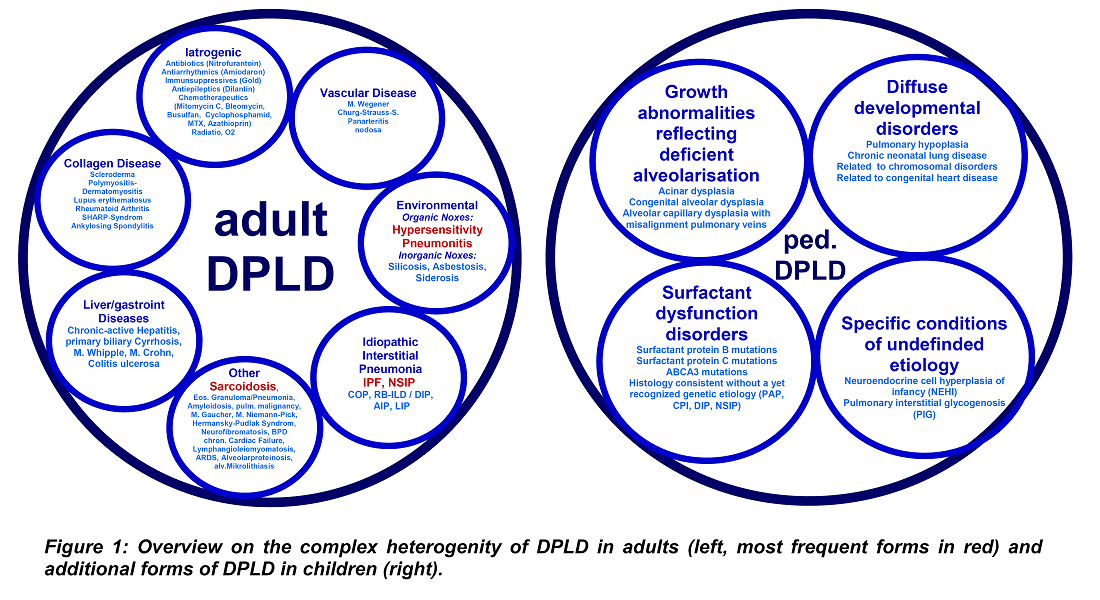Overview GOLDnet
Goals and Objectives – GOLD.net
Diffuse parenchymal lung diseases (DPLD) are a heterogeneous group of more than 100 different and rare entities which are distinct in view of underlying trigger events, but share development of lung fibrosis as consequence. As the trigger mechanisms are largely unsettled, treatment modalities are limited to steroids and immunosuppressant and often ineffective and an ultimately fatal course is common. Translational research in the field of DPLD is inappropriately weak and, in part, this is due to the limited availability of well characterized patient cohorts with biomaterials. Therefore, the German Network for Diffuse Parenchymal Lung Diseases (GOLD.net) has established a registry and biobank for adult and pediatric DPLD, thus enabling description of the natural course and improving diagnostic standard of DPLDs and providing most valuable biomaterials for translational research, identify trigger mechanisms, cellular consequences, profibrotic signaling cascades and modifying pathways underlying development of lung fibrosis in DPLD, establish novel diagnostic tools and animal models and evaluate new treatment modalities. On a long term we expect that our efforts will result in a better understanding of the molecular mechanisms, in improved diagnosis and novel treatment opportunities for patients with DPLD.
GOLD Registry and Biobank
Diffuse parenchymal lung diseases (DPLD) are a heterogenous group of orphan diseases, which, together, account for a large number of patients in all age groups and which are characterized by a significant morbidity and mortality. Due to their rare occurrence, these patients are difficult to diagnose and treat, but also to study. Therefore the German Network for Diffuse Parenchymal Lung Diseases (GOLD.net) has implemented a registry to collect clinical data from all forms of DPLD in children and adults including all relevant information with regard to medical history, clinical observations, radiological, histopathological, cytological findings, comorbidity, medication and follow up data. We will verify diagnosis of each patient through an expert panel and provide feedback. We will also address several important questions on the diagnostic and clinical course of adult and pediatric DPLDs on the basis of the patient data submitted to the registry.
Due to medical expertise separation in either adult DPLD specialists/experts or pediatric DPLD specialists/experts the registry will consist of two subregistries, one for pediatric and one for adult DPLD. This division will meet the specific needs of each expertise, while in the end the results will be studied together and comprehensive conclusions might be drawn.











